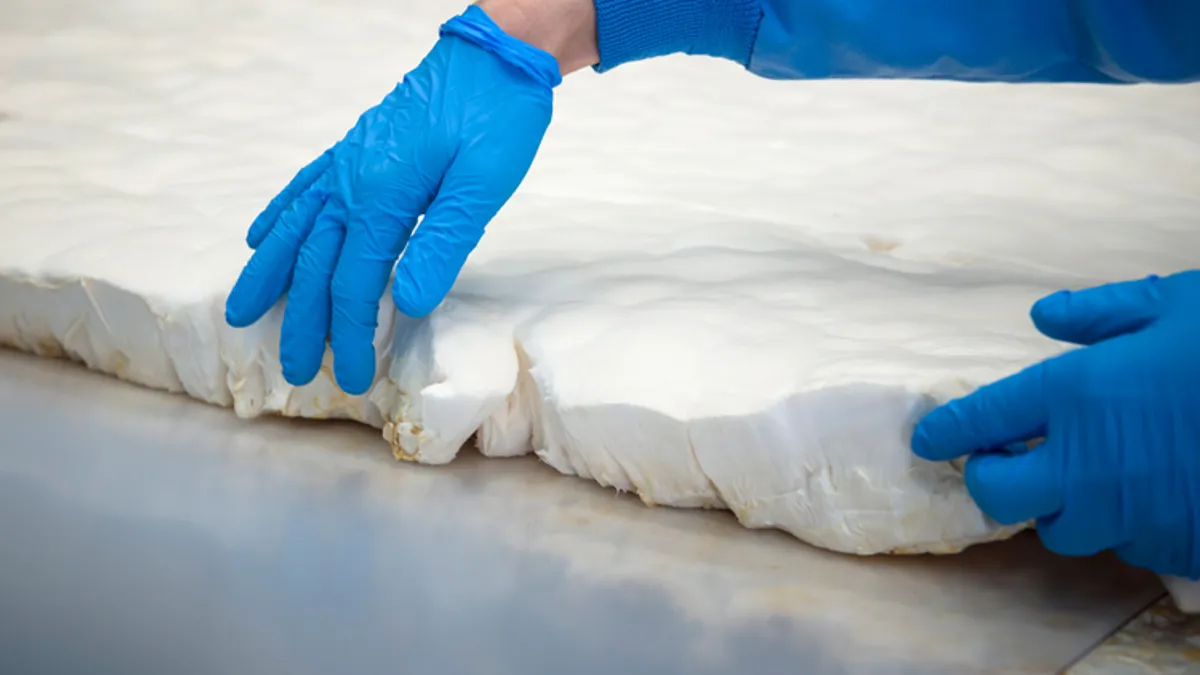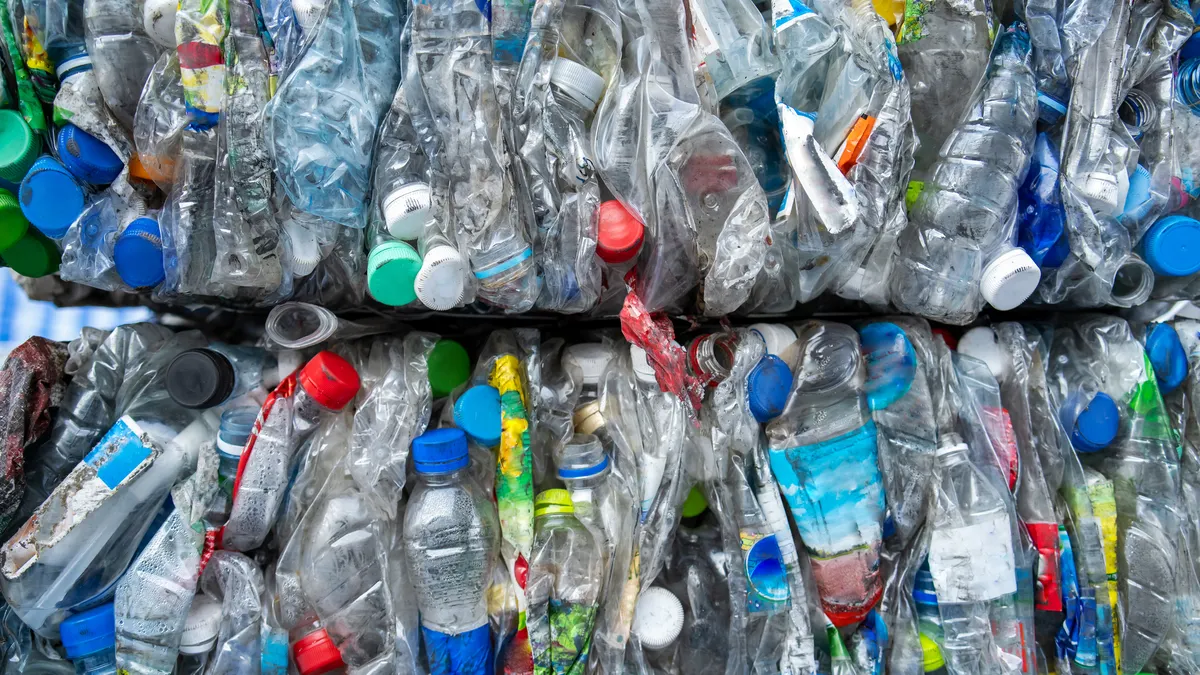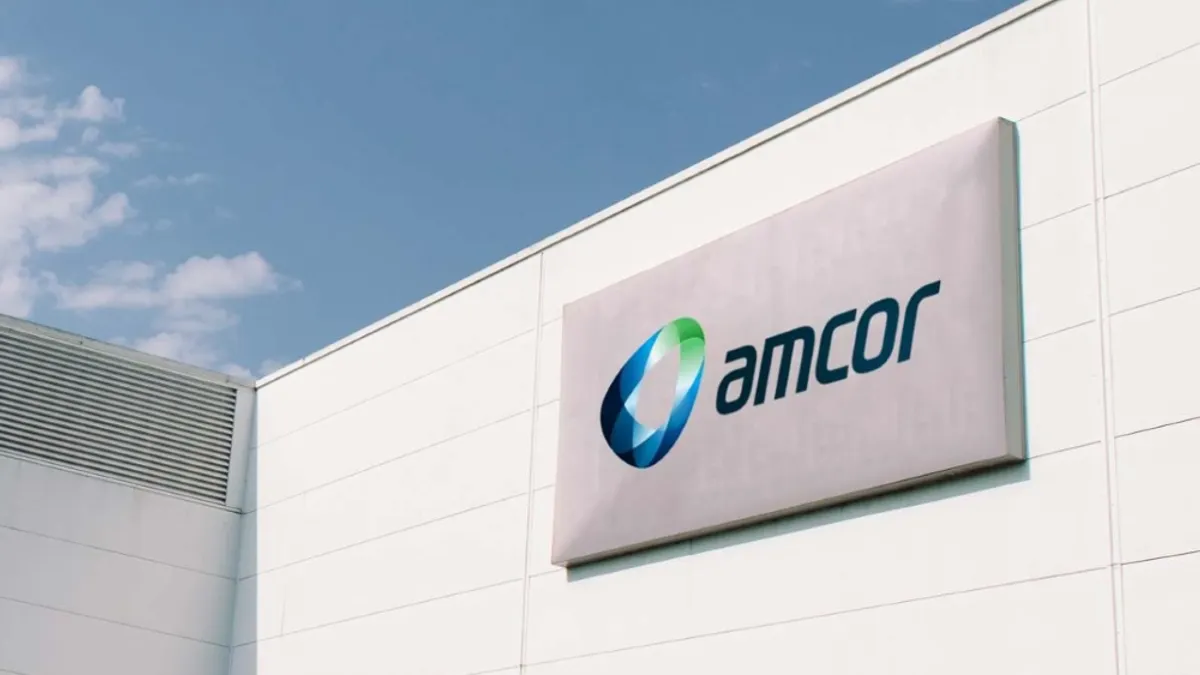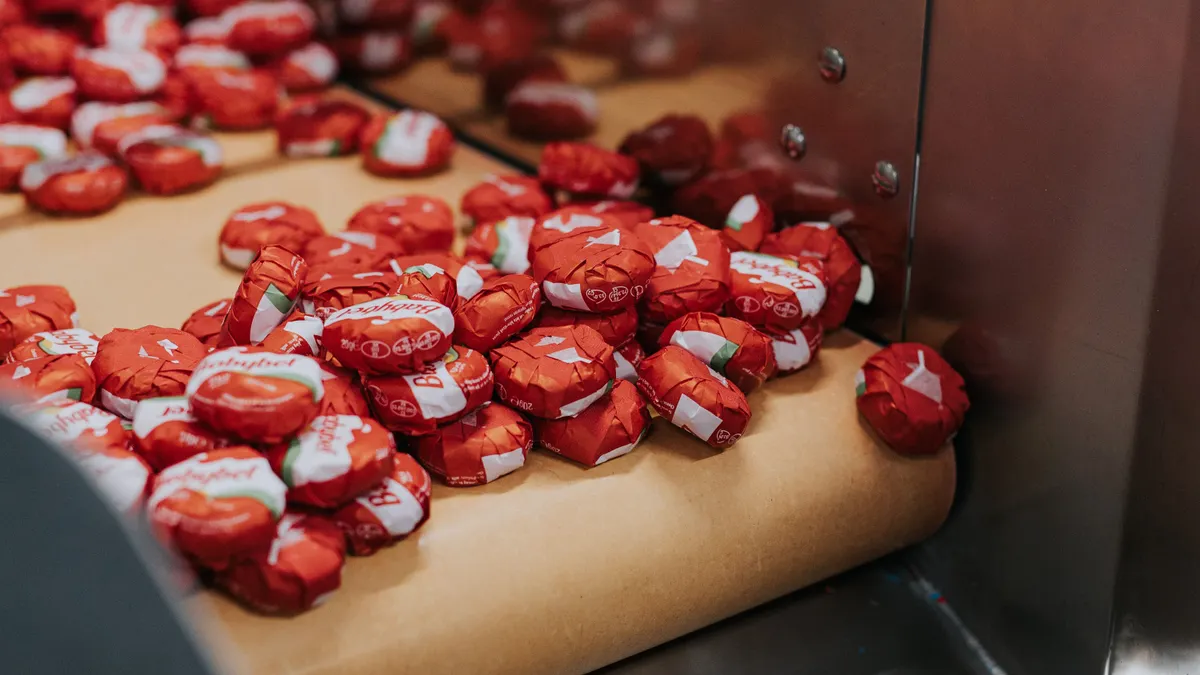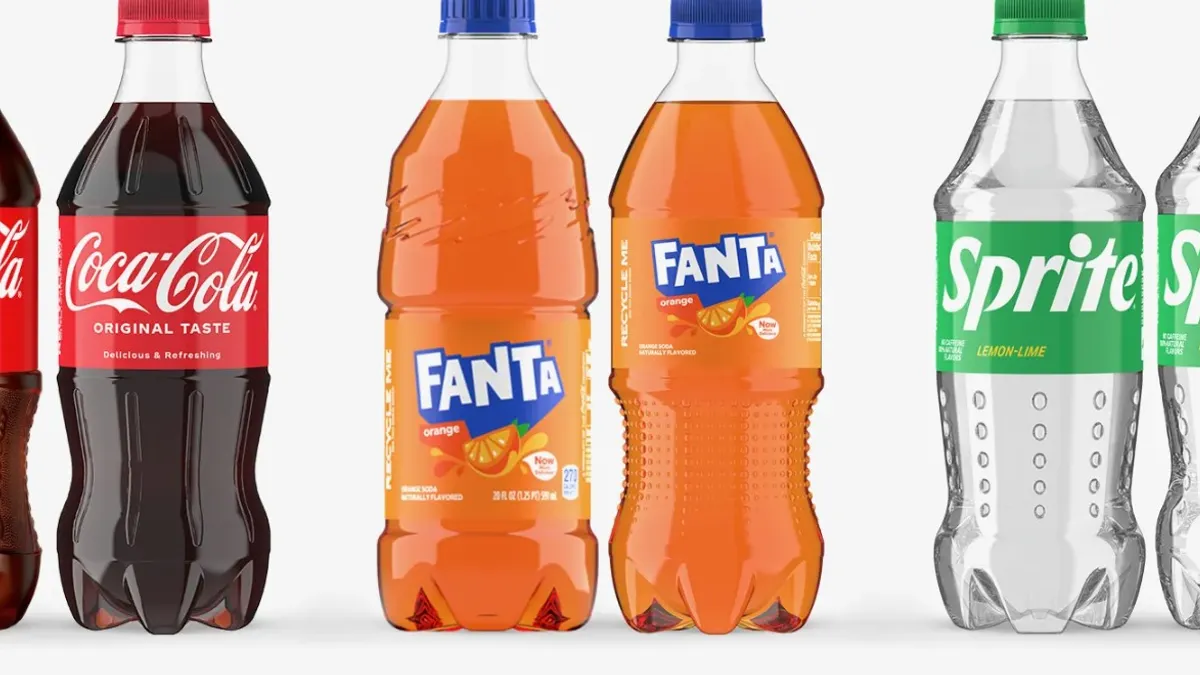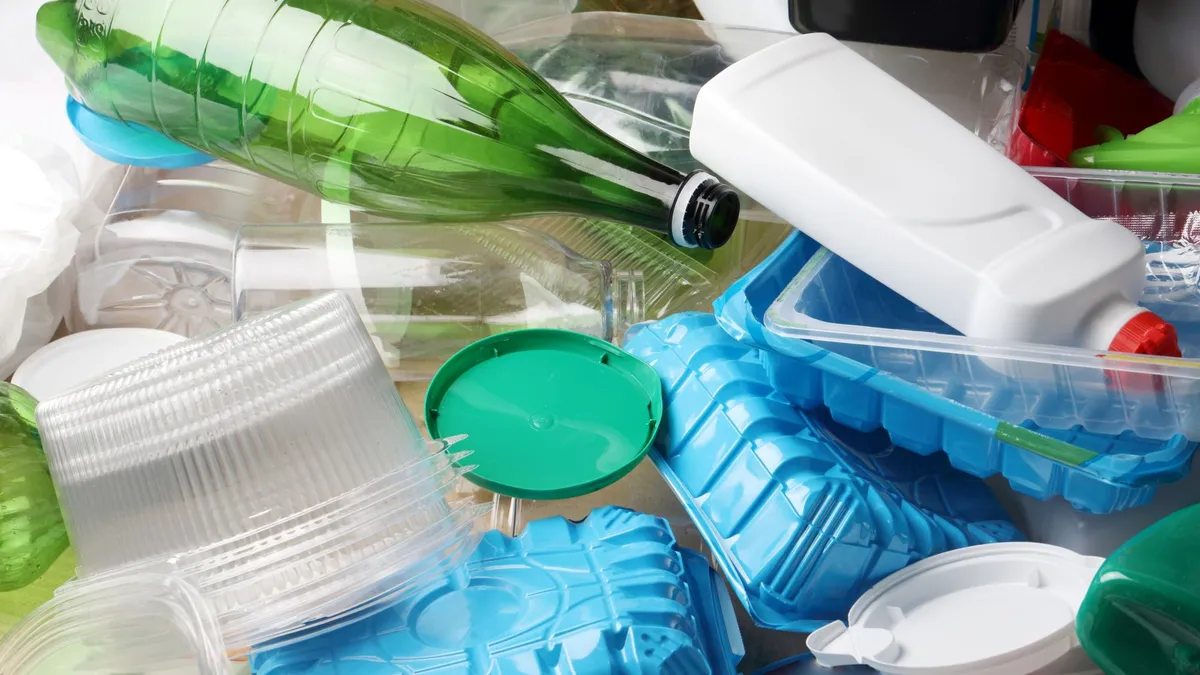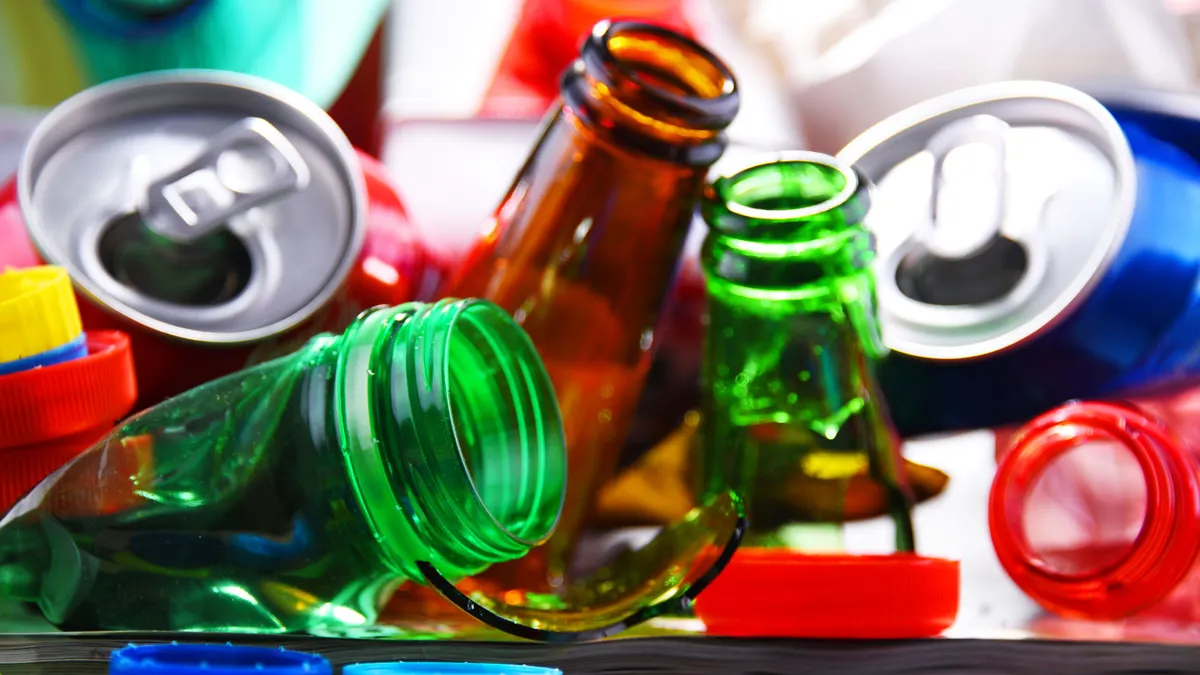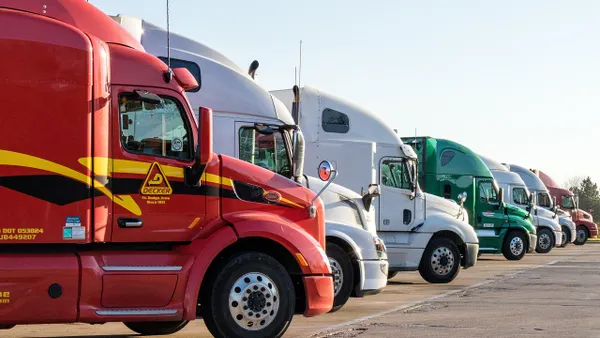Packaging made from bio-based plastic alternatives such as mycelium and seaweed is on the rise. But for these alternatives to cellophane and other types of single-use plastic products to take a big bite out of plastic’s foothold, they’ll need to be scaled.
Several startups have secured funding in recent months, and celebrities such as fashion designer Tom Ford are also taking note of new technologies. So too are CPG companies like Nestlé paying attention to these innovations. And recently, the Biden administration announced new goals to support biotechnology and biomanufacturing, including displacing 90% of today's plastics via bio-based feedstocks in 20 years.
Jennifer Congdon, deputy director at Beyond Plastics, thinks there’s reason to be optimistic about the innovative products in this space.
“I think they’re potentially a really great alternative for some of those harder-to-reduce plastic uses,” she said, adding that she sees plastic alternatives that still contain plasticizers and chemical additives — like some bioplastics in which corn oil or similar might replace petrochemicals — as a false solution. But she sees promise in mycelium-based packaging, such as that produced by Ecovative, whose facility she was able to tour.
Ecovative produces packaging from hemp hurd and mycelium, which is designed to replace polystyrene, and can be easily composted after use. “I would love to see the mycelium replace plastic packaging in applications where you still need some packaging, like to cushion appliances or… bigger things that need cushion when they ship,” Congdon says.
Scaling up production of mycelium, a fungal structure, is already underway. A farm called Swersey Silos — which utilizes a patented AirMycelium technology developed by Ecovative — opened last year and can grow 3 million pounds of mycelium annually. In addition to its packaging function, mycelium is used in food products and luxury items such as handbags. Last year, a report from InsightAce Analytic estimated the global mycelium market could reach $5.49 billion by 2030.
Seaweed-based materials could also prove to be energy-efficient to produce at scale.
B’ZEOS is one example of a business focused on developing novel bio-based packaging solutions, and the product is 100% seaweed based.
B’ZEOS is still in the R&D phase and has only done tests at a pilot scale. Based on a life cycle assessment, the company is using less than 3 kg of carbon dioxide equivalent during the process, “which is already lower than bioplastics at full production scale, such as PLA and equal to petroleum-based packaging such as LDPE,” said Kela Feller, communications and partnerships manager at B’ZEOS, via email. Feller added that soil degradation tests in normal environments suggest the material could degrade in less than 47 days.
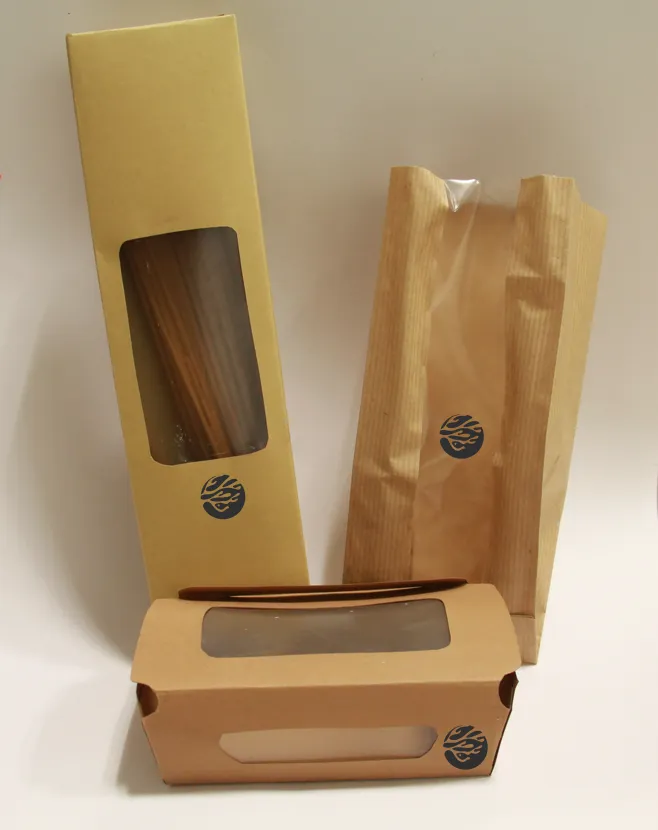
Seaweed doesn't require land or freshwater to grow, and can be grown without pesticides or fertilizers. This sets it apart from other feedstocks, such as corn. It also has the potential to sequester large amounts of carbon from the atmosphere, as well as nitrogen from the water. In a recent study led by the University of Alaska Fairbanks, experts concluded that kelp is very efficient at removing nitrogen pollution which threatens ocean ecosystems.
Many investors are ready to jump on board with bio-based packaging. In February, Loliware, a materials technology company headquartered in New York City and the San Francisco Bay Area, announced it secured more than $15 million in its recent round of funding for its seaweed-derived products.
Plus, Tom Ford partnered with Lonely Whale to launch a global competition focused on creating scalable and biologically degradable alternatives to traditional thin-film plastic polybags. The Tom Ford Plastic Innovation Prize announced winners this month. All three prize winners offer products made from seaweed. Notpla, which took third place, also received the 2022 Earthshot prize, which was launched by the Royal Foundation and Prince William.
In the U.K., Green Angel Syndicate is a network of investors focusing specifically on climate change, including bio-based packaging. “Our specialist members invest in companies which will make the largest impact on climate, when operating at scale,” CEO Cameron Ross said via email. “It was and is clear to them that legacy petrochemical-based packaging continues to perpetuate the damaging use of toxic chemicals which pollute our atmosphere and environment. Bio-based packaging, on the other hand, eliminates this threat.”
Green Angel recently announced co-investment in Kelpi’s 3 million-pound seed round. Kelpi will use funds to conduct manufacturing pilots for proprietary coatings. If seaweed-based products could meet the needs of food and drink companies when it comes to barriers to resist water and grease, it will be a major step toward reducing reliance on plastics.
“Every plastic container, every plastic coating, every shrink-wrap which uses petrochemicals will continue to pollute our environment and increase carbon in the atmosphere until the means of their production has been transformed,” Ross said. He noted that by some estimates, packaging accounts for around 5% of the carbon emissions generated in the life cycle of a food product.
Now, many of the large companies that have built their food and drink empires using plastic containers are under increasing shareholder pressure to adapt to low- or negative-carbon alternatives. “We have seen baby steps so far — but within the next 2 years we believe that several major players will publicly adopt bio-packaging as the majority of their offering,” Ross said.
One company taking action is Nestlé, which provided B’ZEOS with access to production equipment when it participated in Nestlé’s accelerator program. “Our material showed continuous improvement during the project but requires further development before scaling in their product portfolio,” Feller says.
Support like this could be instrumental in helping startups to scale, but Congdon is adamant that changing plastic usage habits is another important aspect. “There is so much low-hanging fruit for reduction,” she says. “We overuse this material in ways that make no sense.”
Part of the reason for this overuse is that conventional plastic remains cheap.
“We need systemic change,” Congdon said. Until then, cost could be the biggest hurdle for producers of alternative packaging to overcome. “Even though consumer awareness around fossil-based plastics is rising, it is still hard to find clients who are willing to essentially invest in sustainable packaging,” Feller said.
Ross acknowledged that, given the history of investment in plastic molding, packaging and assembly facilities, the transition to biopackaging will not be an easy one. “But early adopters will benefit from the rapidly changing public attitudes to legacy plastics, and larger companies will certainly follow, in the course of the next decade.”

